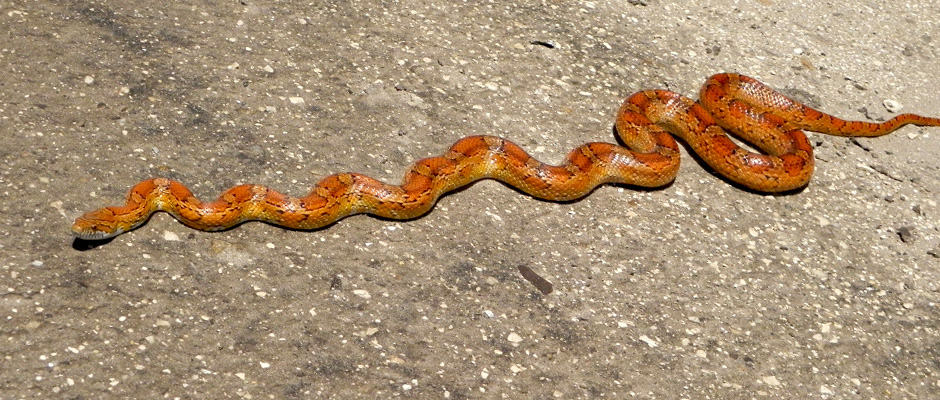- News
-
-
-
-
-
Latest News Articles
- 2024 TWS Elections: Southwest Representative April 25, 2024
- Can these butterflies fill the gap left by their extinct relative? April 25, 2024
- Q&A: TEK and the wildlife profession April 24, 2024
-
-
-
- Wildlife Professional Resources
-
- Our Network
-
- PUBLICATIONS
-
-
Recent Posts
-
 The Wildlife Professional November/December Issue
November 1, 2023
The Wildlife Professional November/December Issue
November 1, 2023
-
-
-
-
-
-
- Wildlife Events
-
-
-
Upcoming Webinars
- No Events
-
-
-
- Who We Are
-
Category: TWS Wildlife News

November 23, 2015
Wild Cam: What’s Killing India’s Tigers?
Surveillance and old-fashioned detective work are helping researchers track down suspects responsible for tiger losses in an Indian wildlife reserve. “Tiger mortality isn’t totally related to natural events,” said Paul...

November 23, 2015
Combining Old School and High Tech — from The Wildlife Professional
Powerful Tracking Tools to Help Reduce Raptor Conflicts After the devastating effects of DDT and other organopesticides on birds across the United States, the extraordinary comeback of many birds of...

November 19, 2015
Beaver Dams Control Nitrogen Flow in Northeastern Rivers
Beavers may be providing watersheds a service by removing some of the agricultural nitrogen runoff in northeast rivers. “There’s a huge concern about the amount of nutrients of our lands...

November 18, 2015
Researchers Find Potential Cure for Deadly Amphibian Fungus
A potential cure for the deadly disease wiping out vast populations of amphibians all came down to special two-liter coke bottles filled with water and tadpoles from an island off...

November 18, 2015
Researchers Confirm Snake Fungal Disease Culprit
Researchers have identified the fungus that’s causing snake fungal disease, an emerging disease in the eastern and midwestern United States that causes lesions on a number of snake species. While...

November 16, 2015
Wild Cam: Massive Study Reveals Raptor Ranges
A massive camera trap project is revealing range data on eagles, hawks, vultures and other birds of prey. The AppalachianEagles project has generated over 3 million photos so far from...

November 13, 2015
Orphaned Bears Get By with a Little Help from Researchers
For several decades, researchers have been bottle-feeding and caring for different species of orphaned bears throughout the world before releasing them back into the wild — but an absence of...

November 11, 2015
Harvesting Not Enough to Control Canada Goose Numbers
Hunting alone may not be enough to control the growth of the non-migratory Canada goose population in Connecticut, according to a new study. Michael Conover, lead author of a study...

November 5, 2015
Spruce Beetle Infestations Not to Blame for Fire
The tiny spruce beetle (Dendroctonus rufipennis) has been blamed for an increase in forest fires in Colorado, but new research shows the critters aren’t necessarily at fault. As part of...

November 3, 2015
Monarch Study Shows Good Habitat May Be All in the Earth
Conservation programs looking to restore monarch butterfly habitat by planting vegetation for butterflies to lay their eggs should pay more attention to local plant varieties and quality soil, according to...

